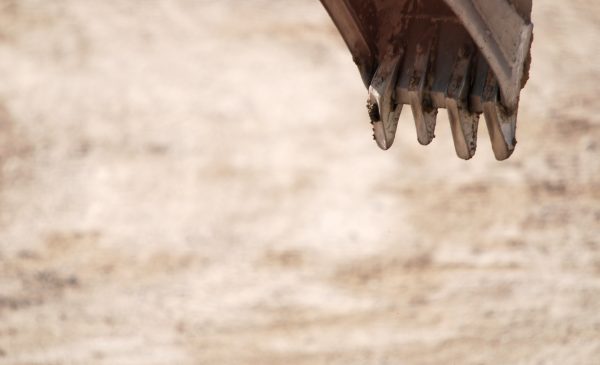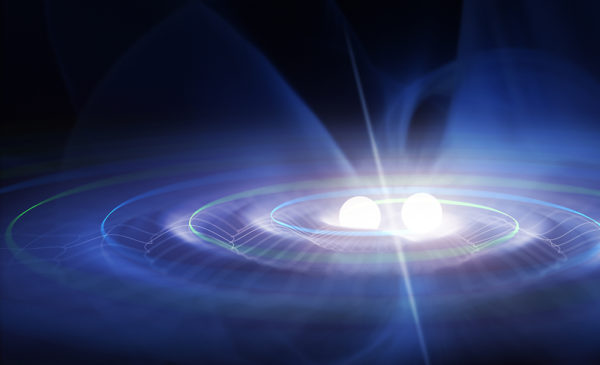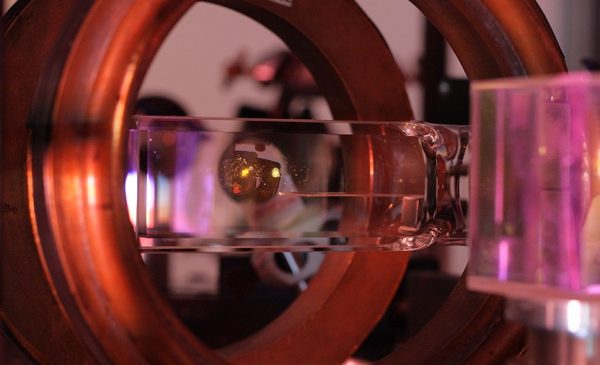Professor Kai Bongs, Director of the UK National Quantum Technology Hub in Sensors and Metrology recently contributed to an in-depth New Electronics article on how cold atoms make it possible to create detailed surveys of the complex array of pipes and cables found beneath our feet.
In the article Professor Bongs explains how scientists use a technique known as ‘laser cooling’ to super-cool atoms close to absolute zero. This has the effect of dramatically slowing down the usually fast moving atoms. In their cold state, the atoms can be incorporated into scientific instruments including gravity sensors. As part of its ‘mapping the underworld’ project, the University of Birmingham has creates sensors which allow civil engineers and surveyors to look through steel reinforced concrete to produce detailed underground surveys. Detailed surveys help to minimise the risk of engineers causing accidental damage to underground pipes and cables caused by street repairs and construction work.
Five areas are being explored at the UK National Quantum Technology Hub in Sensors and Metrology, based at the University of Birmingham: clocks; rotation sensors; magnetic sensors; gravity sensors; and quantum imaging. All five areas are underpinned by cooling atoms. Prof Bongs said the Hub is picking up on earlier work on quantum sensors undertaken in the UK. “What’s different is that our work is applications oriented,” he said. “Our ‘USP’ is not to look for the utmost precision; rather, it’s how we can make the sensors useful.”
To read more, please click on the link below:




